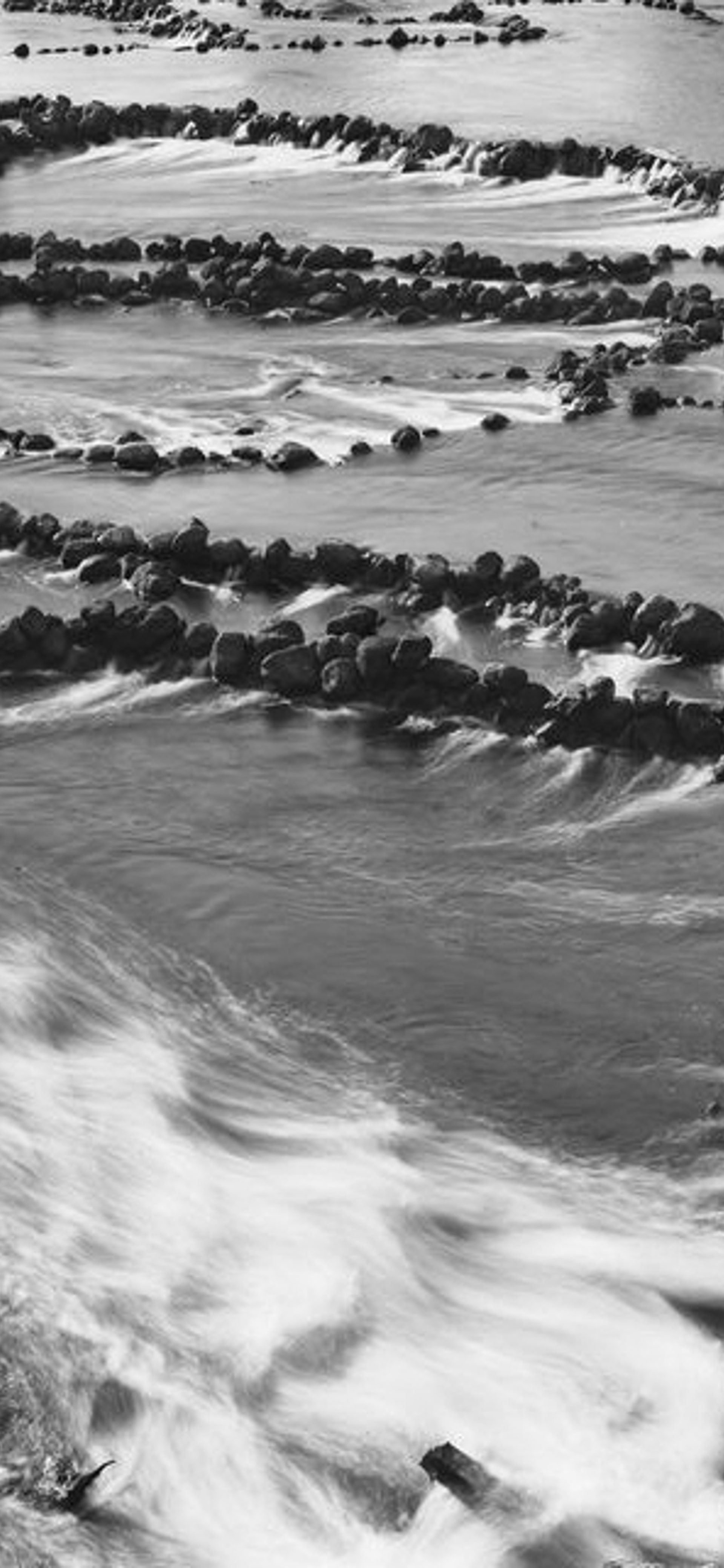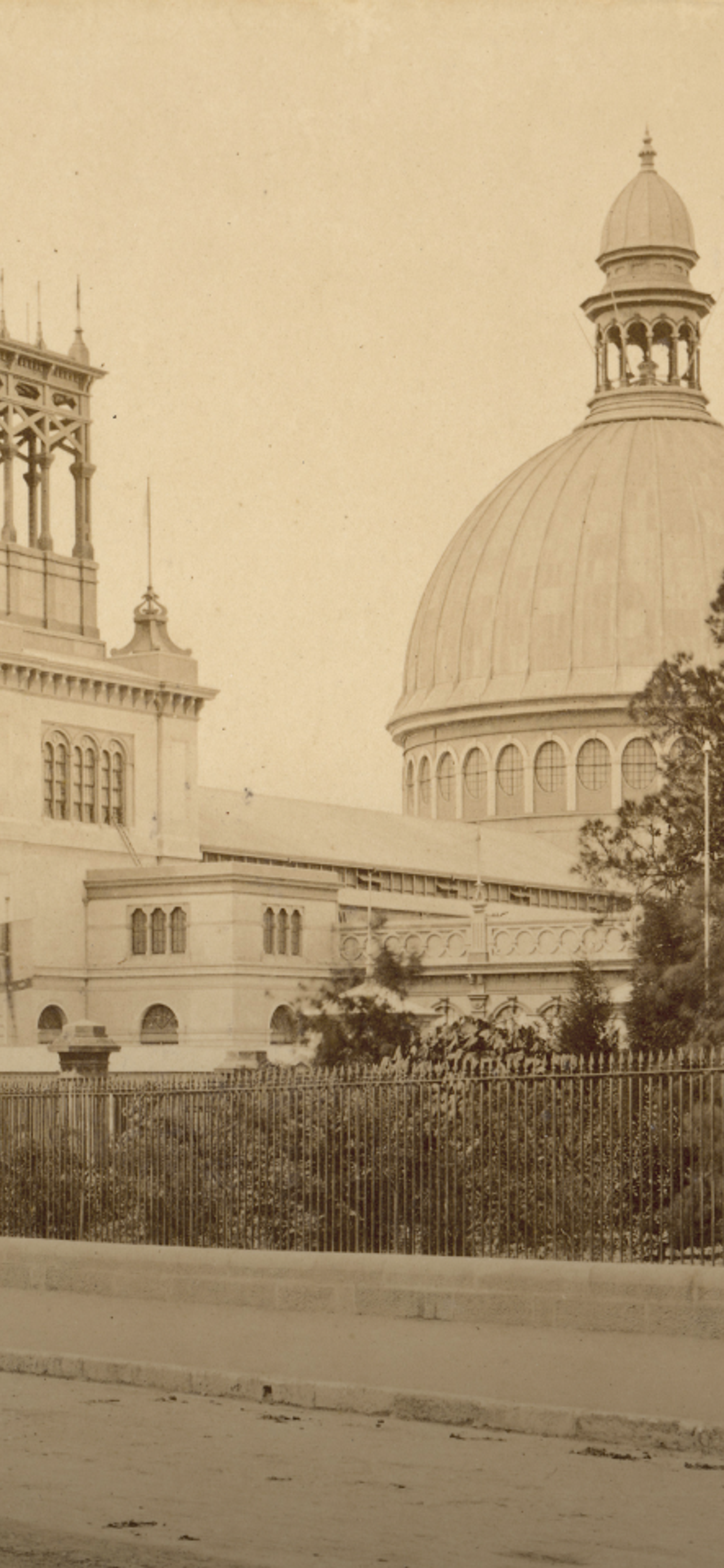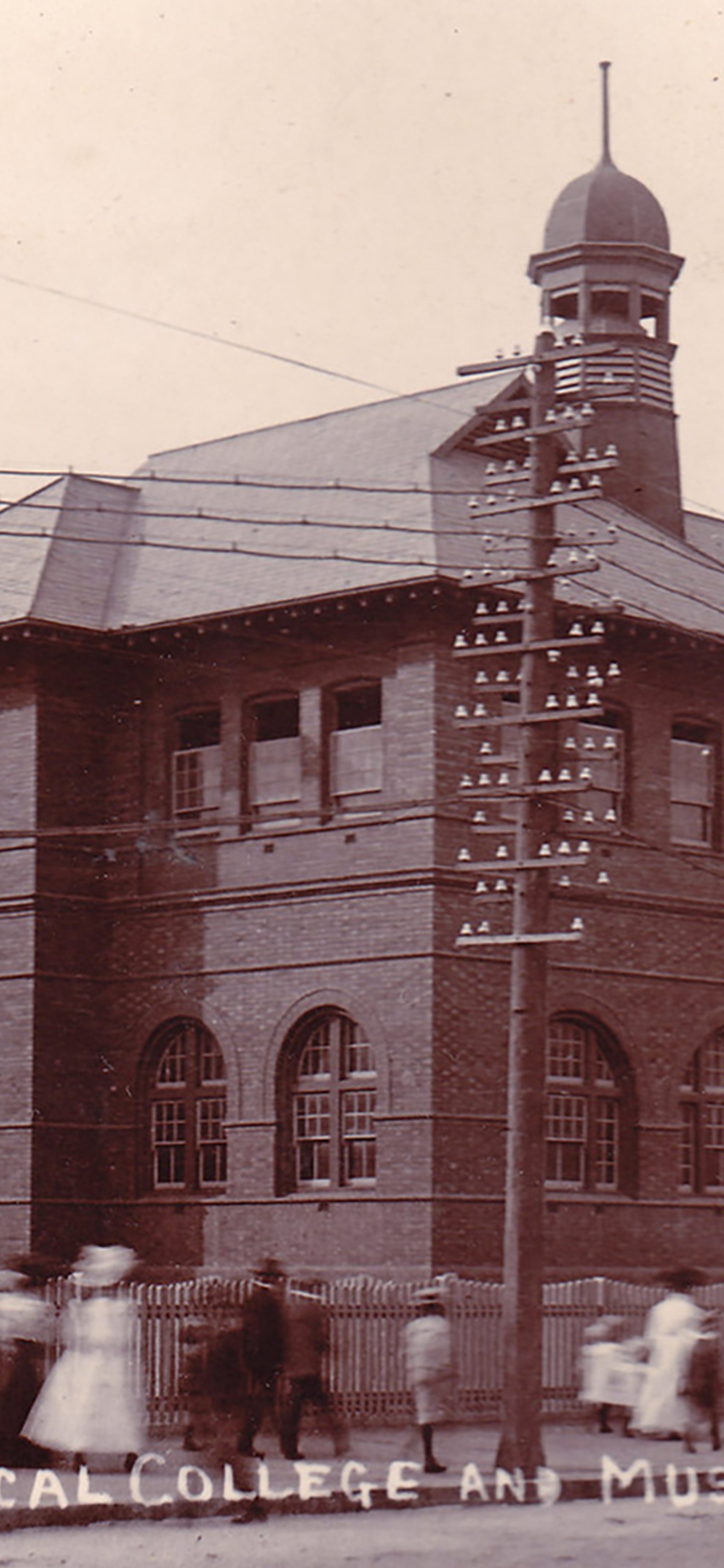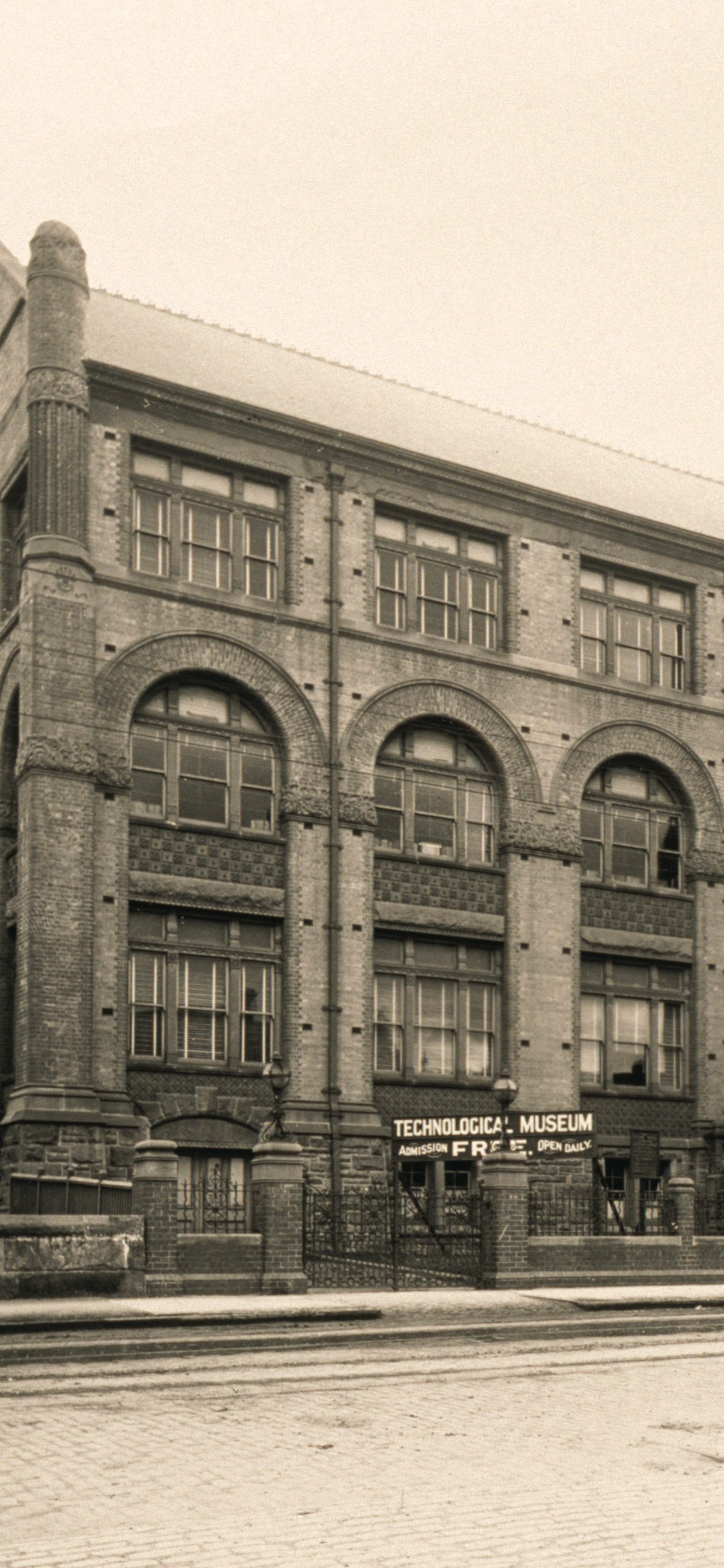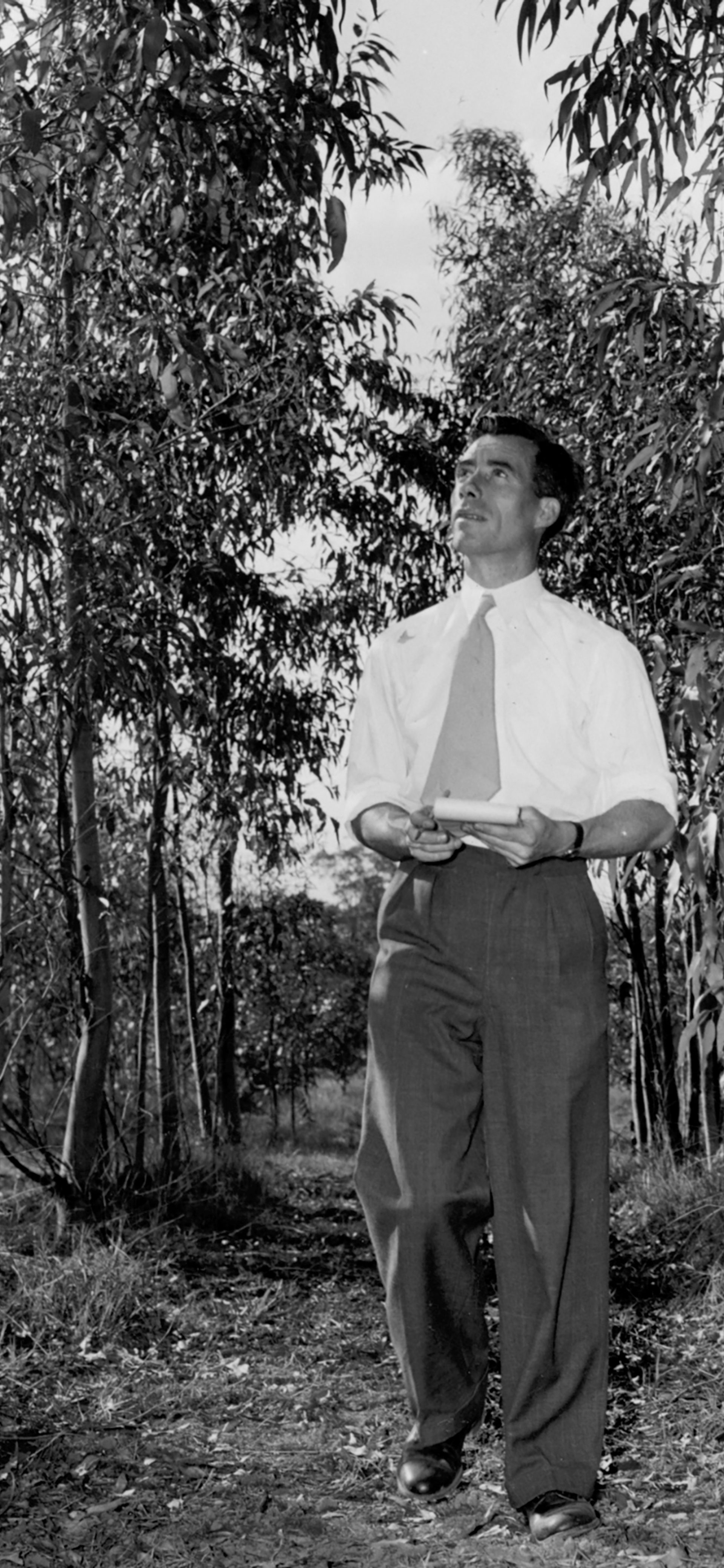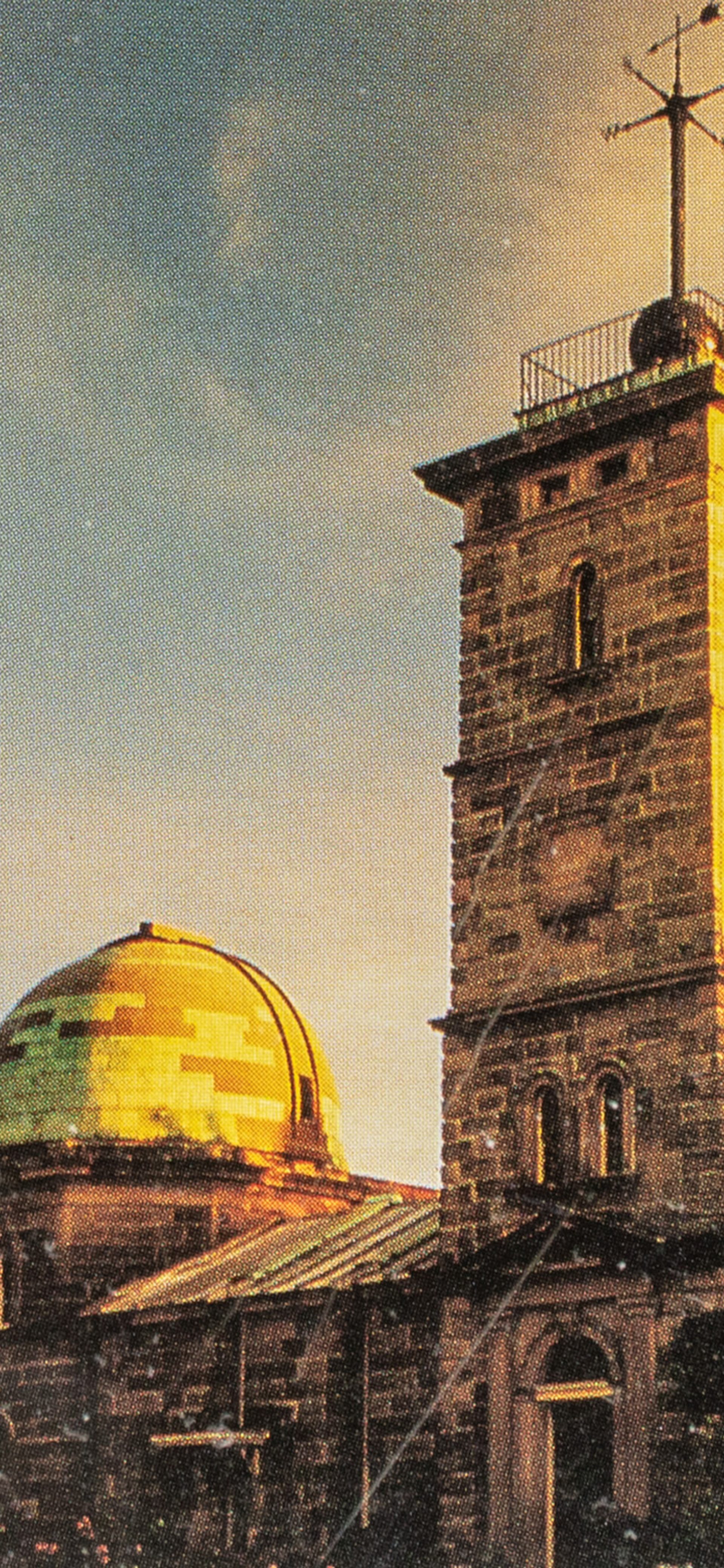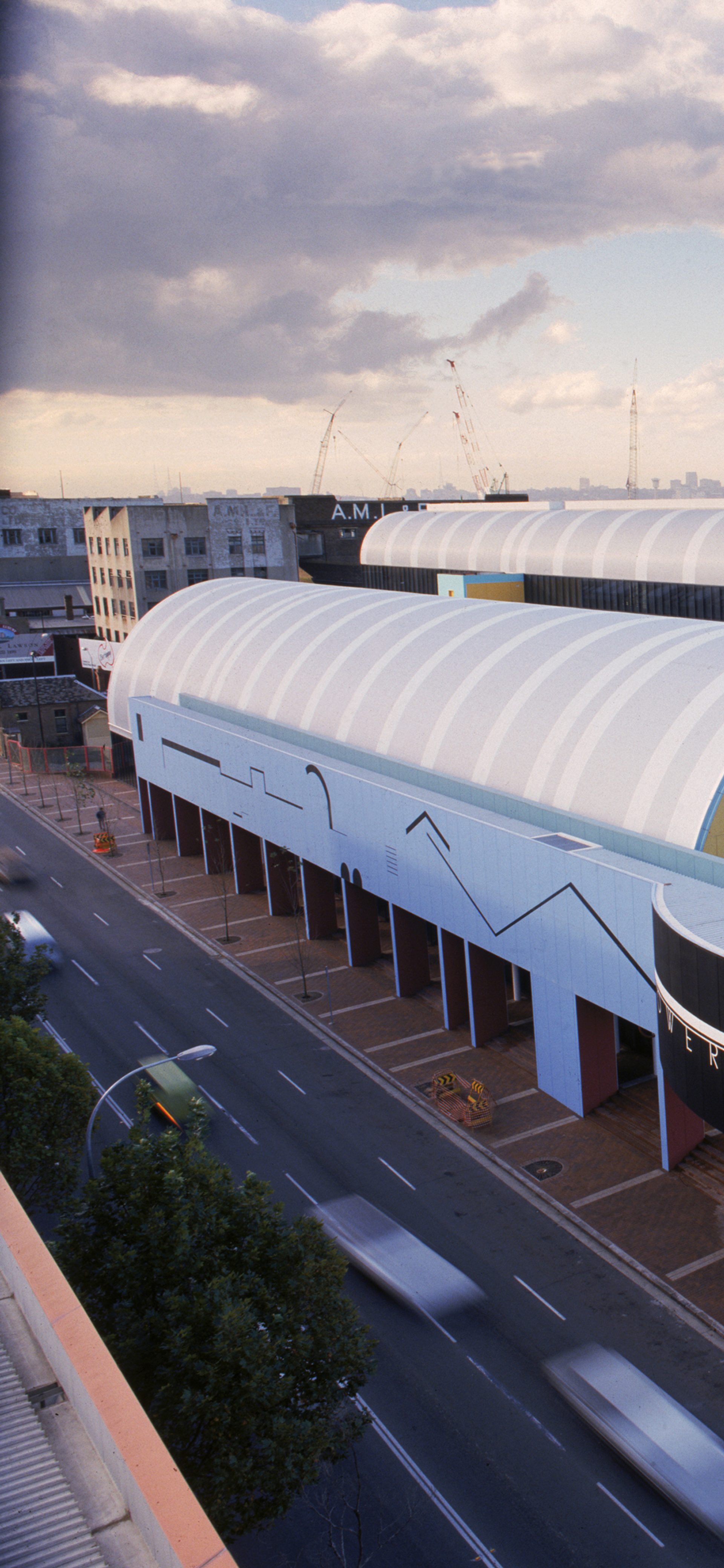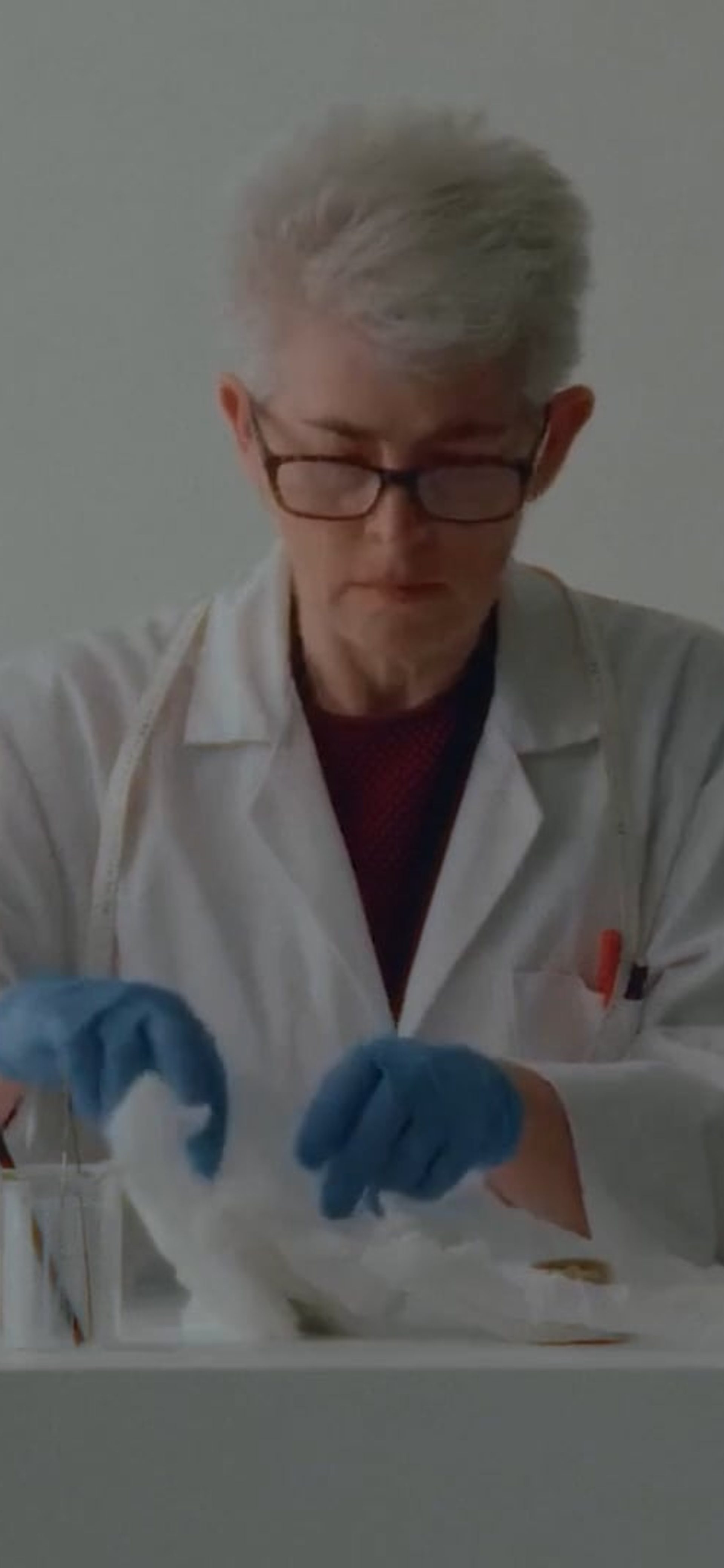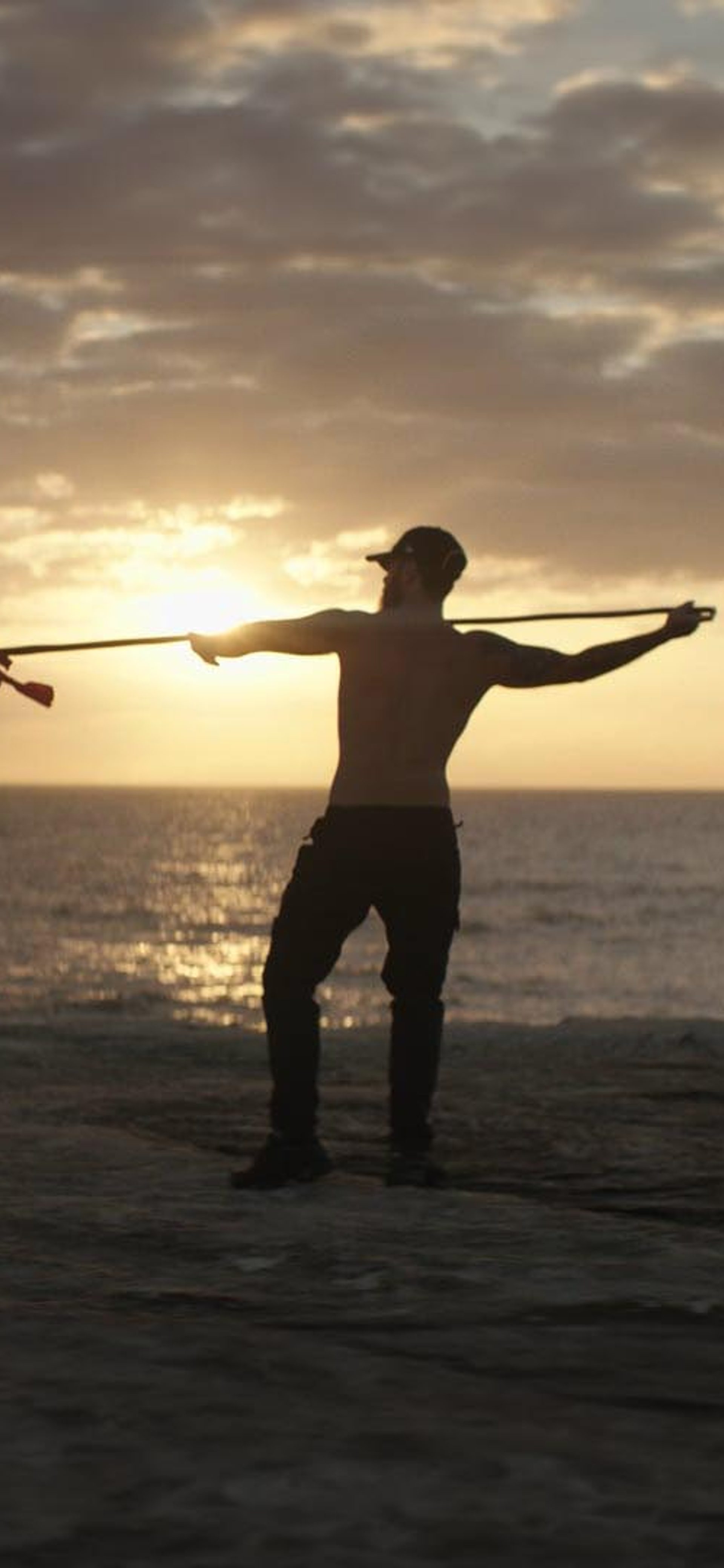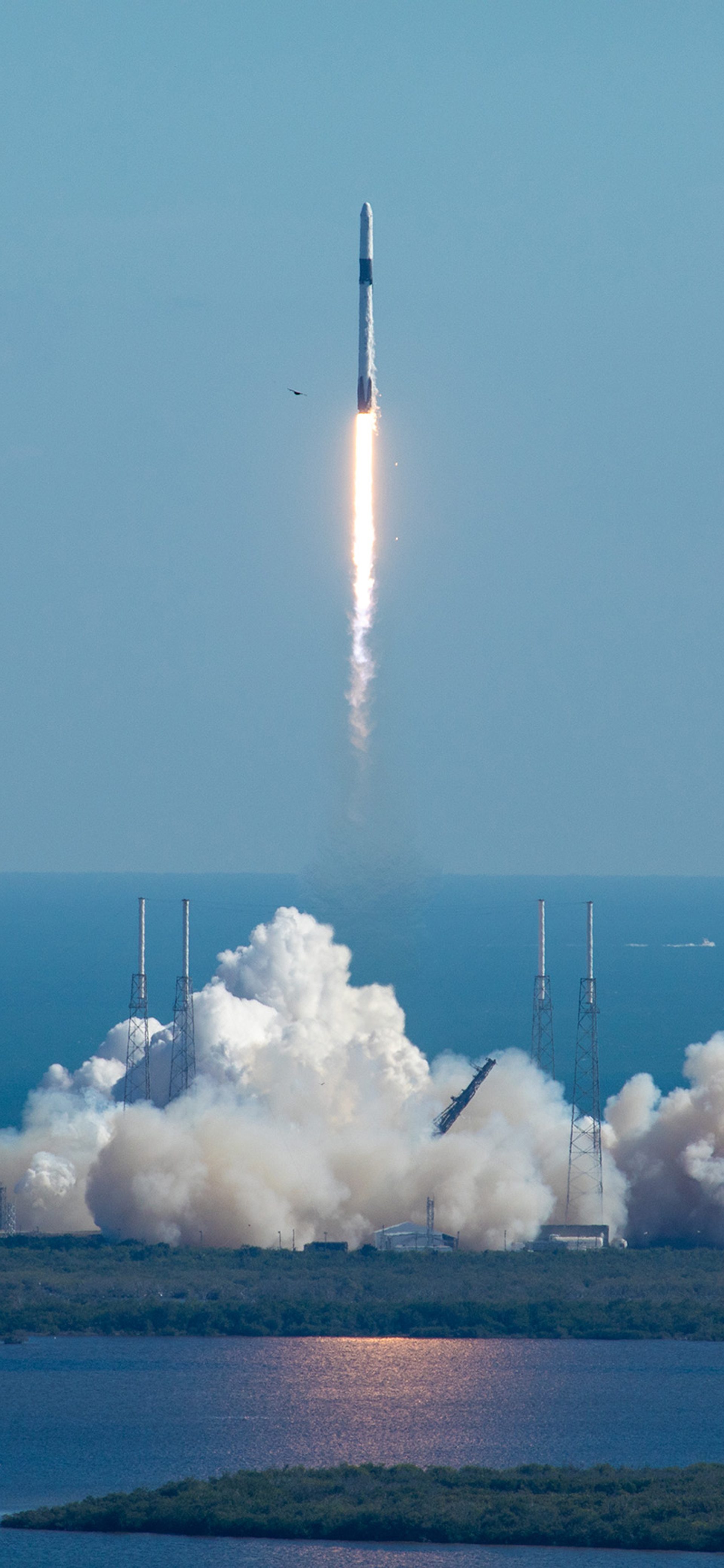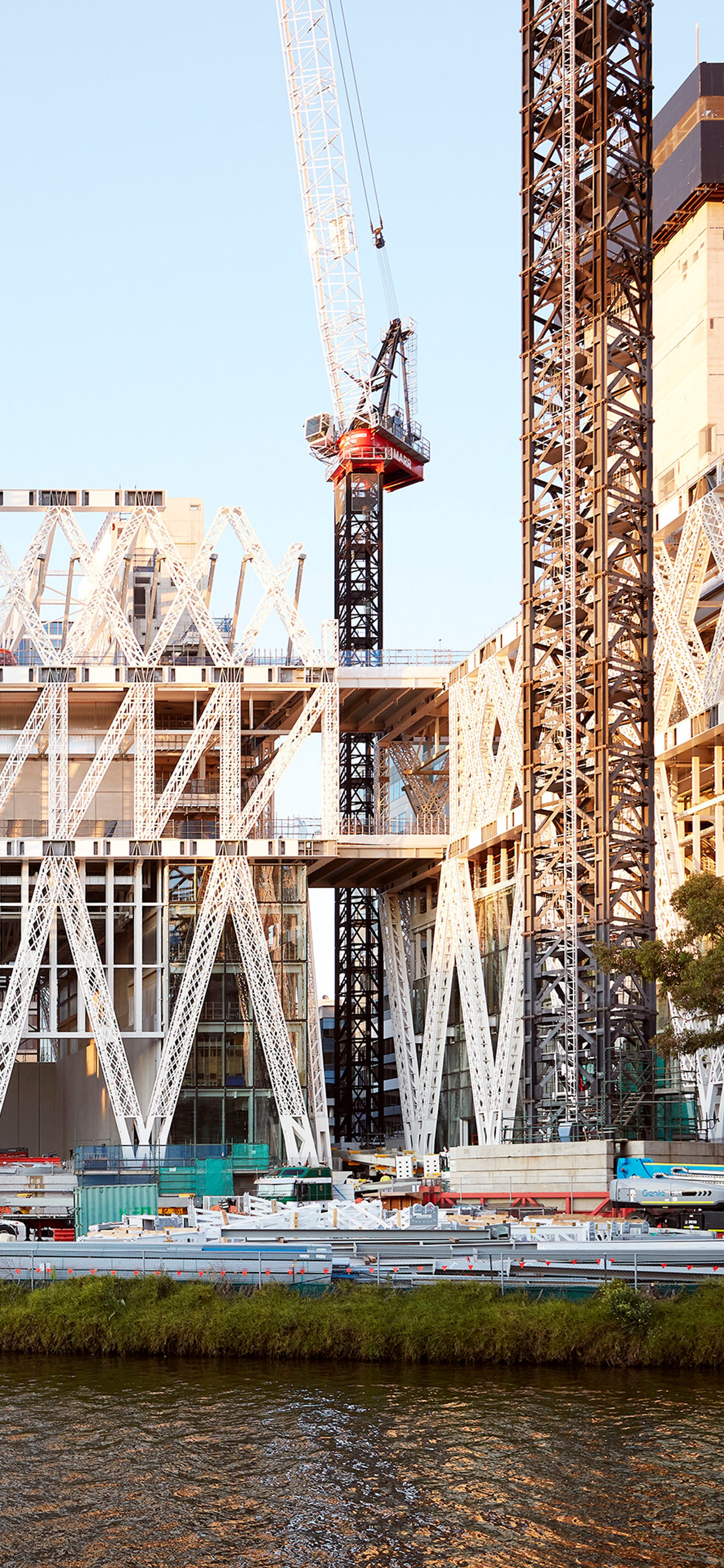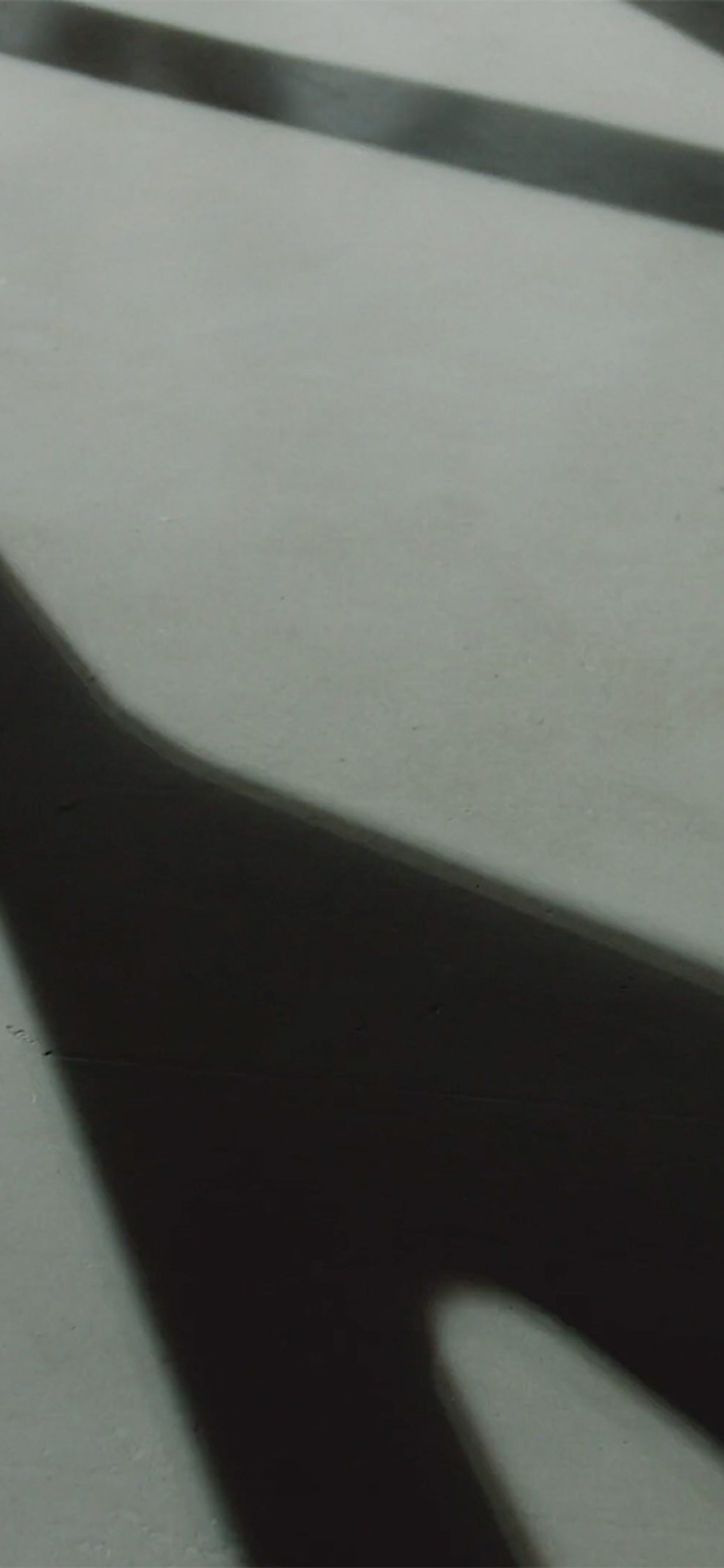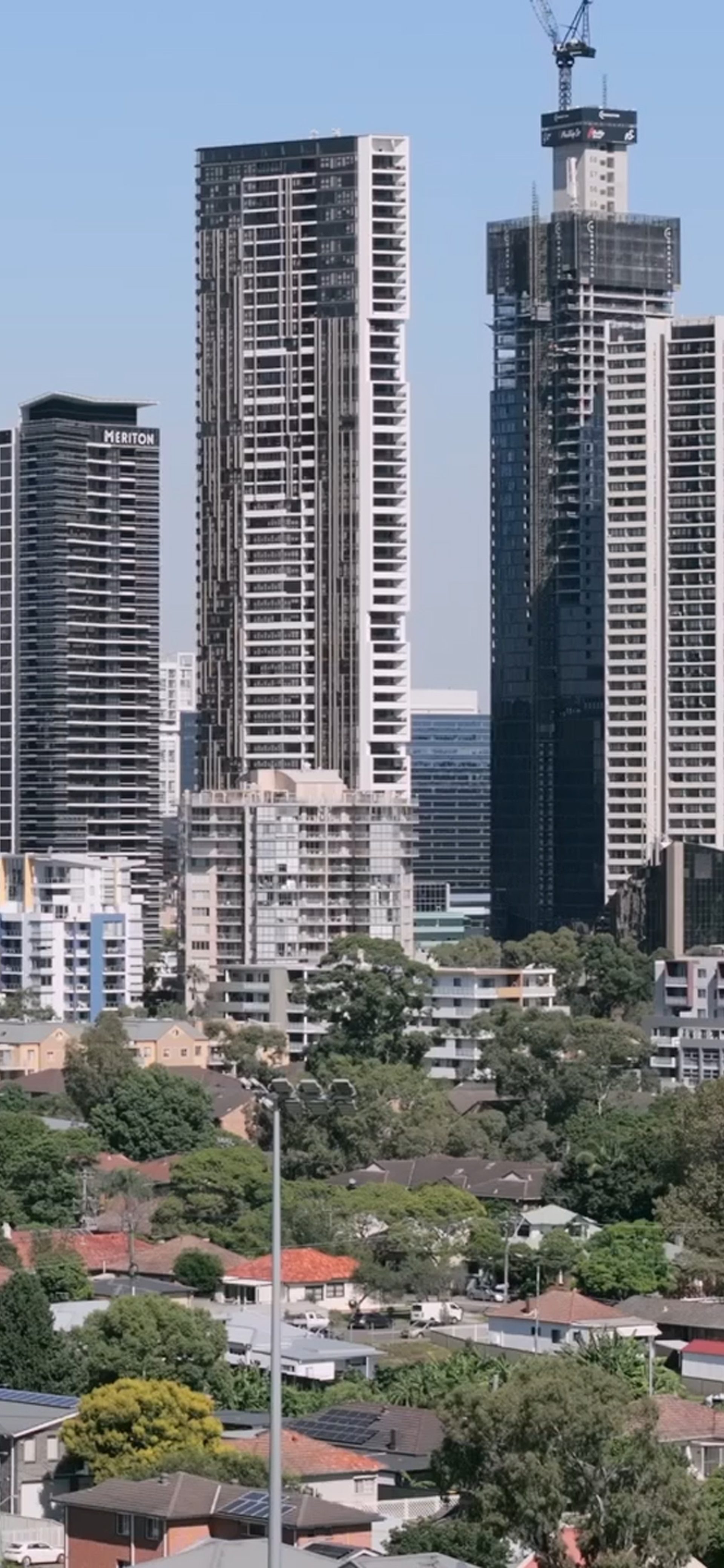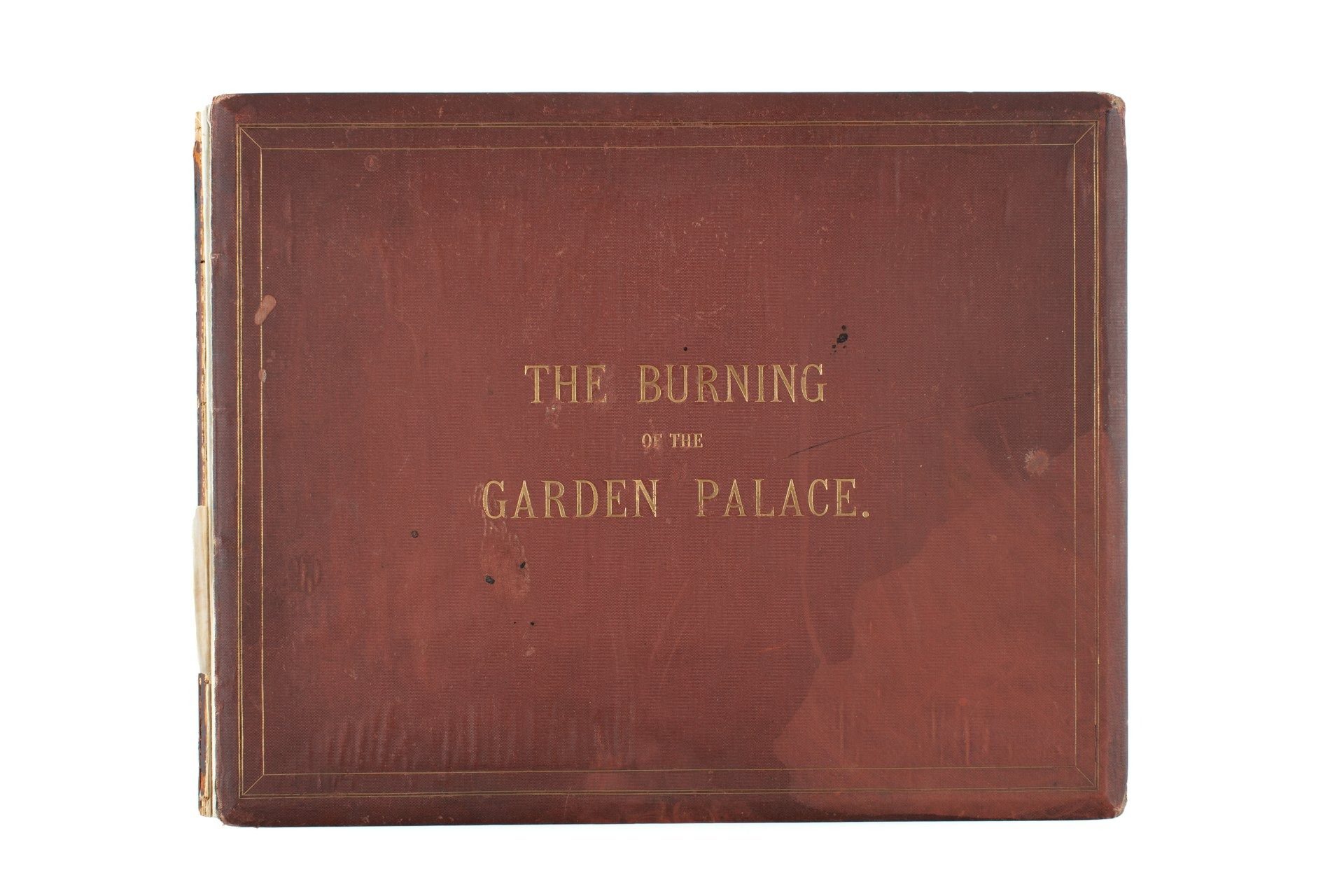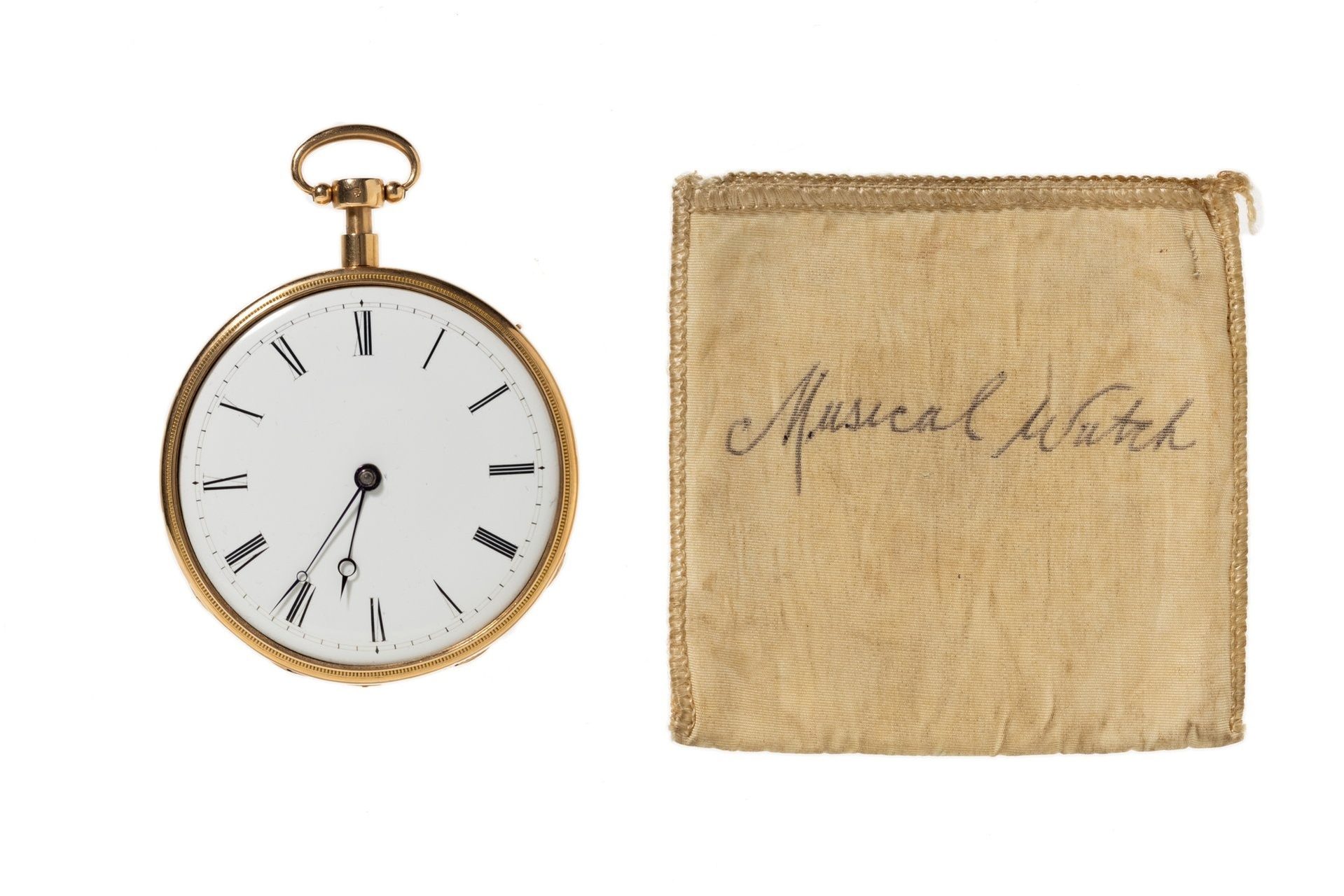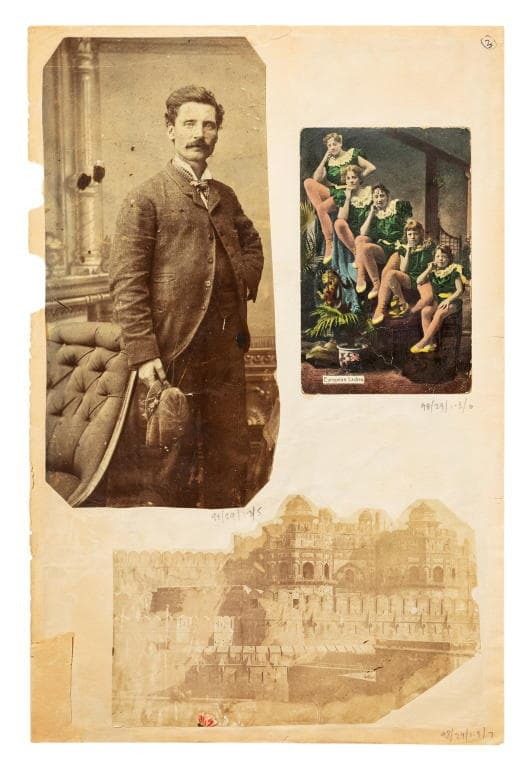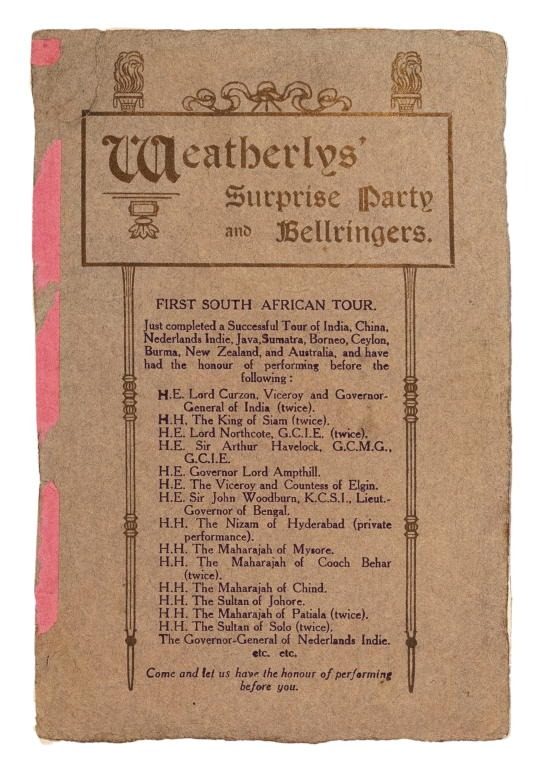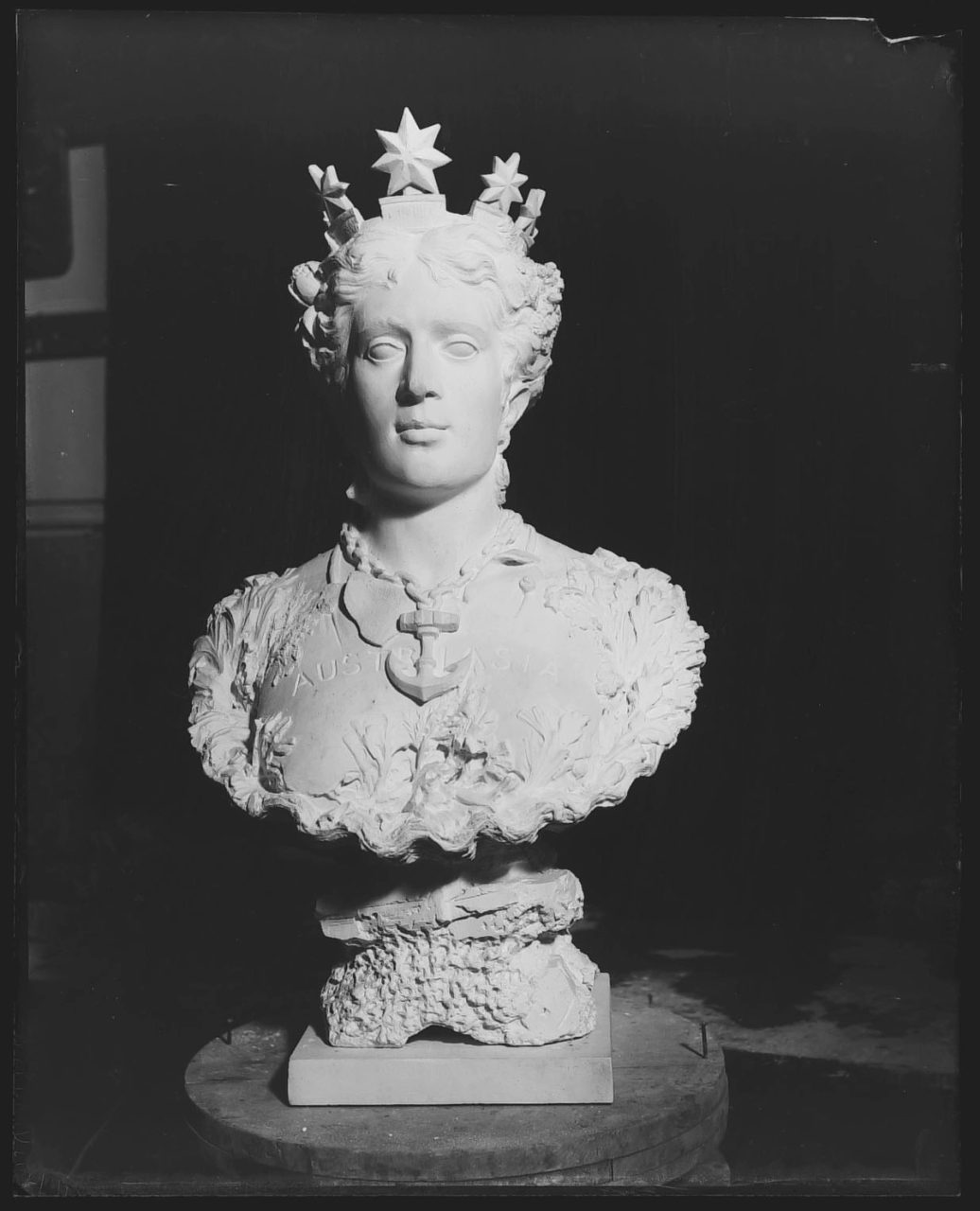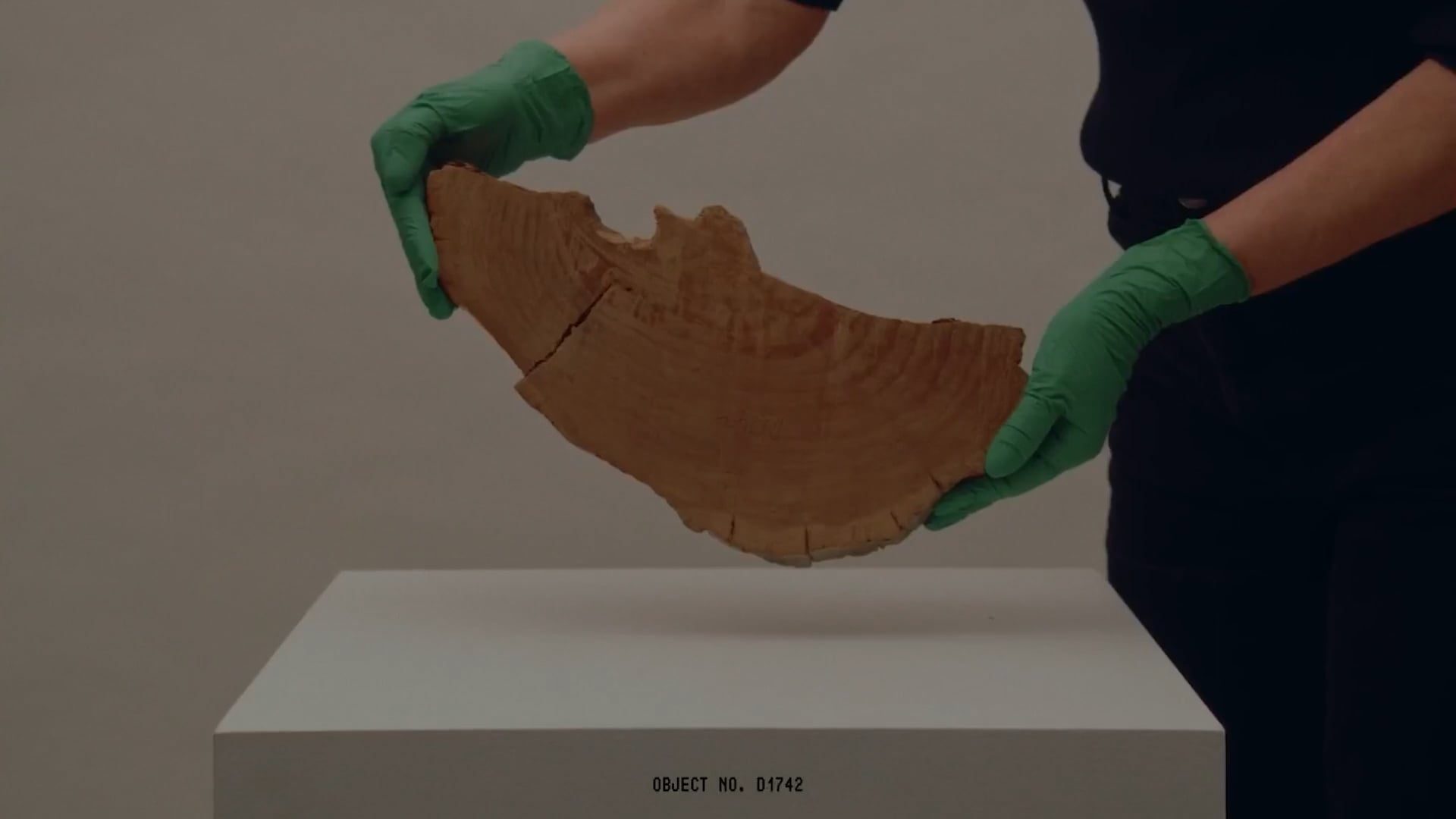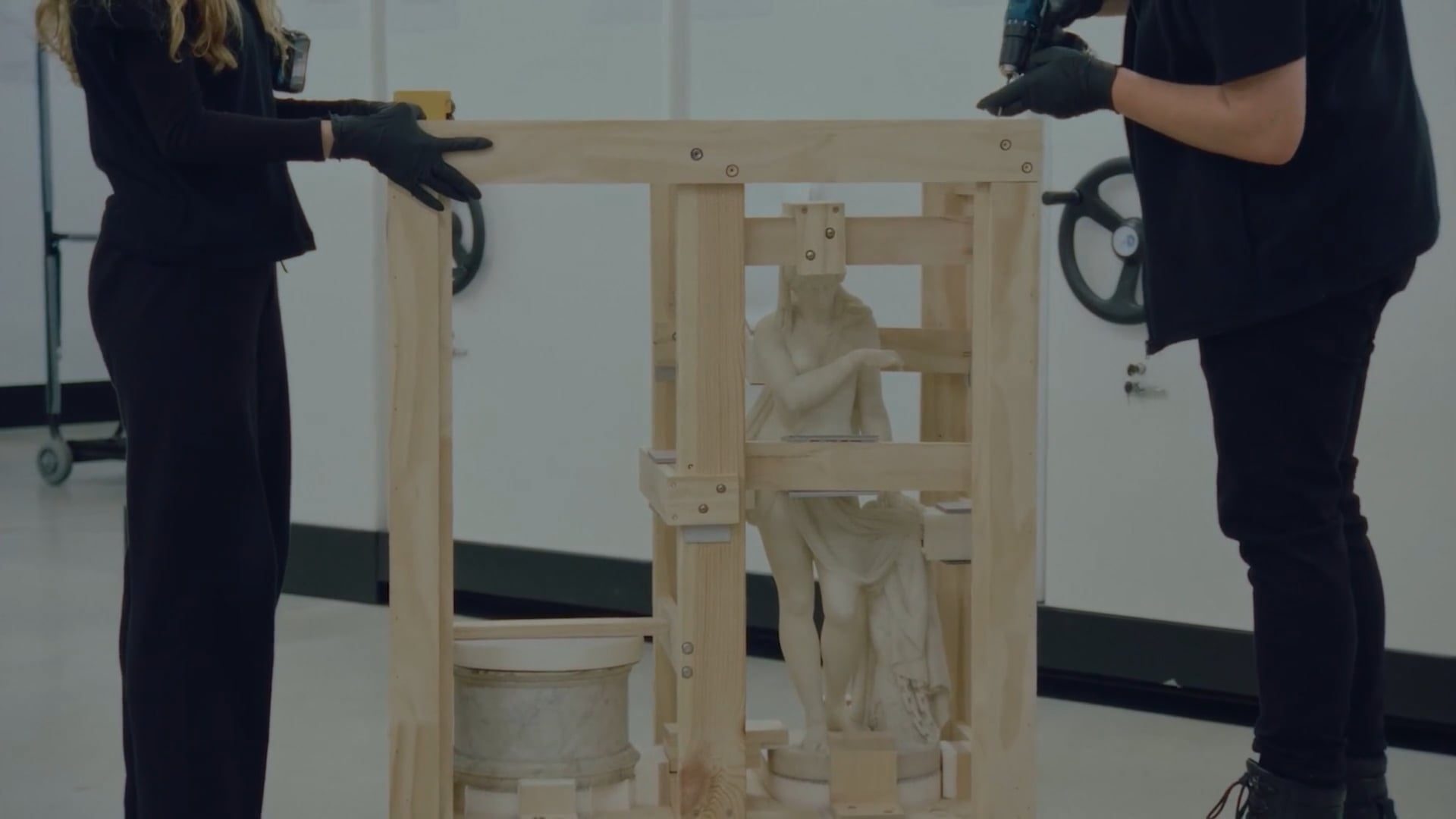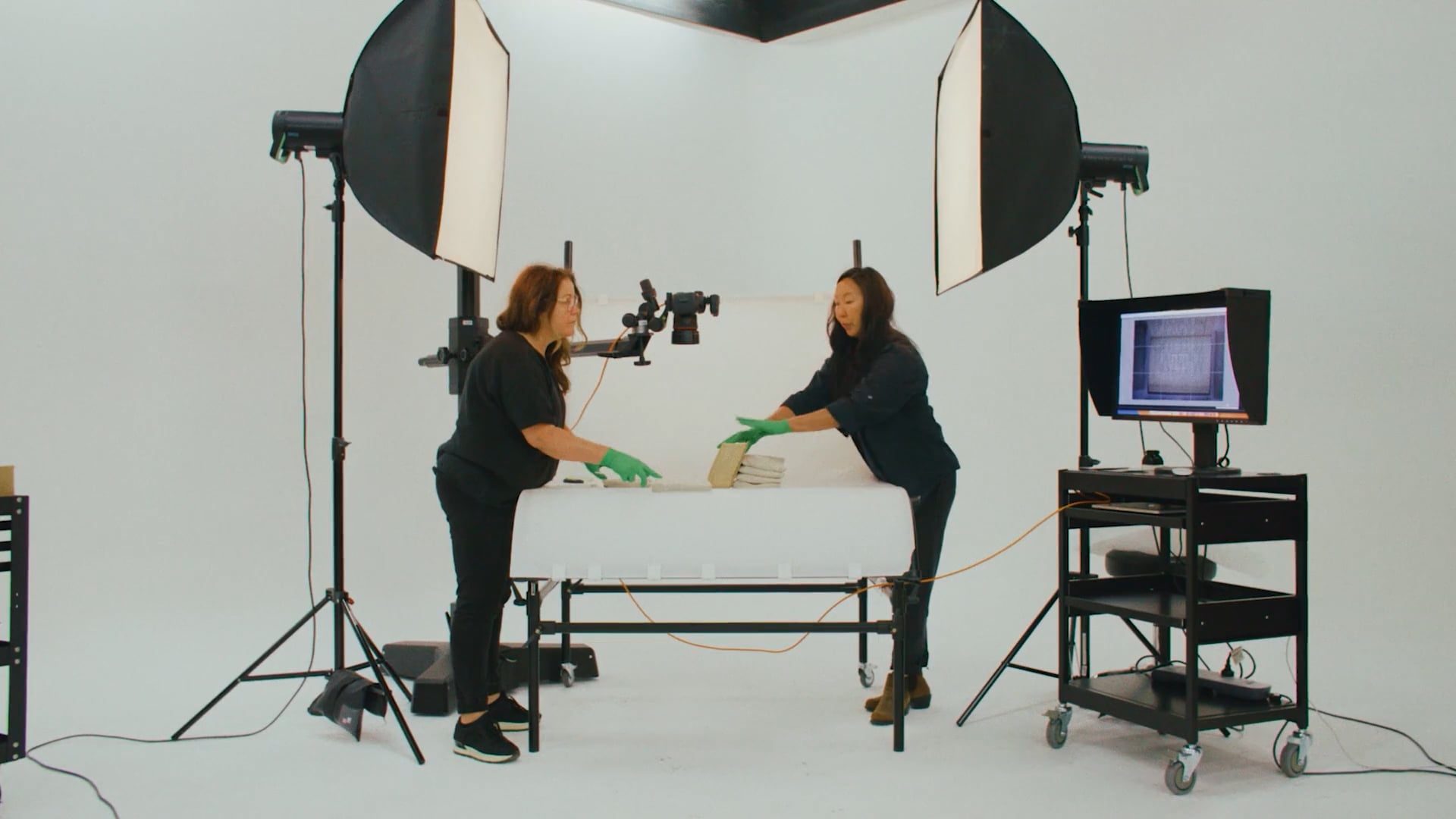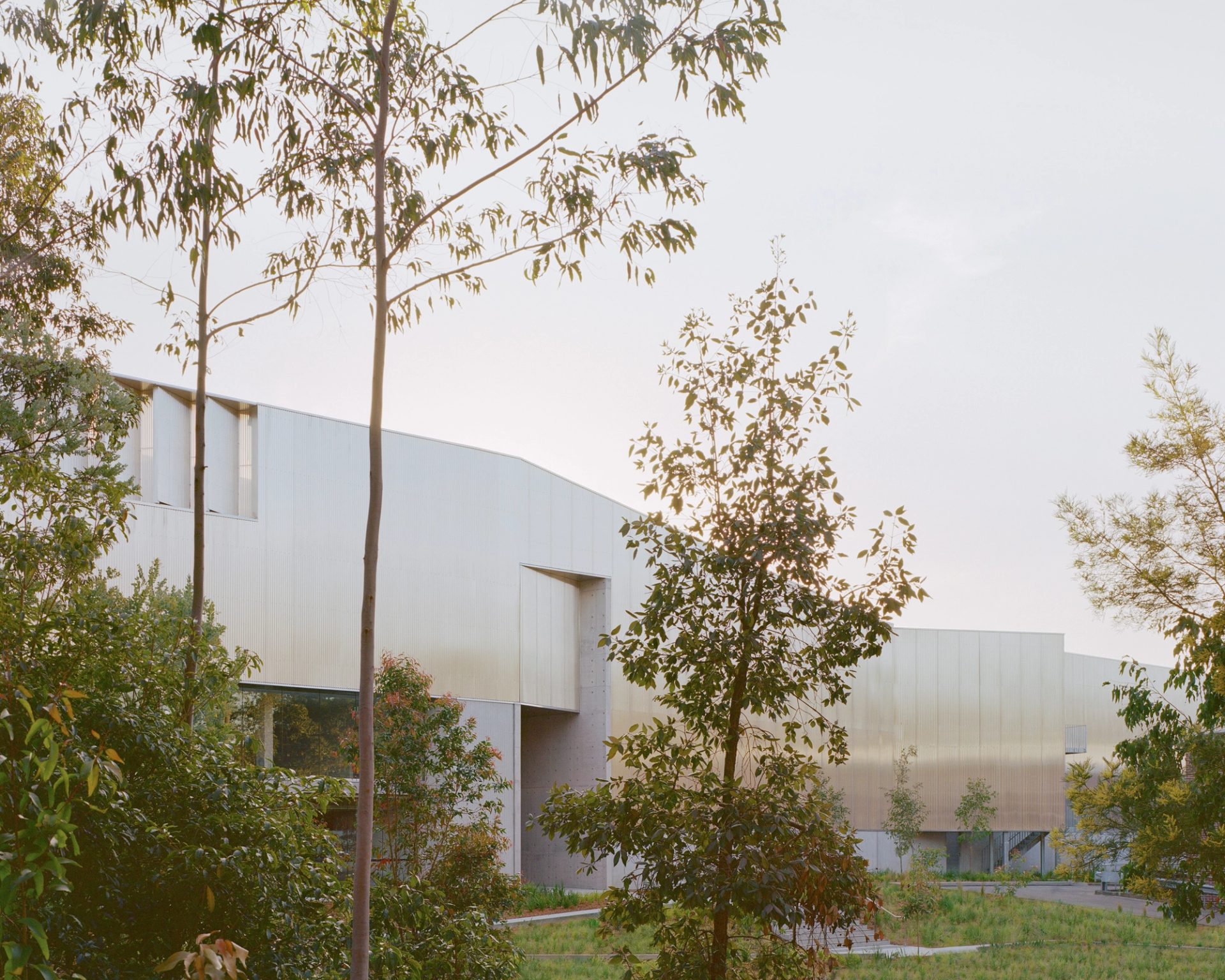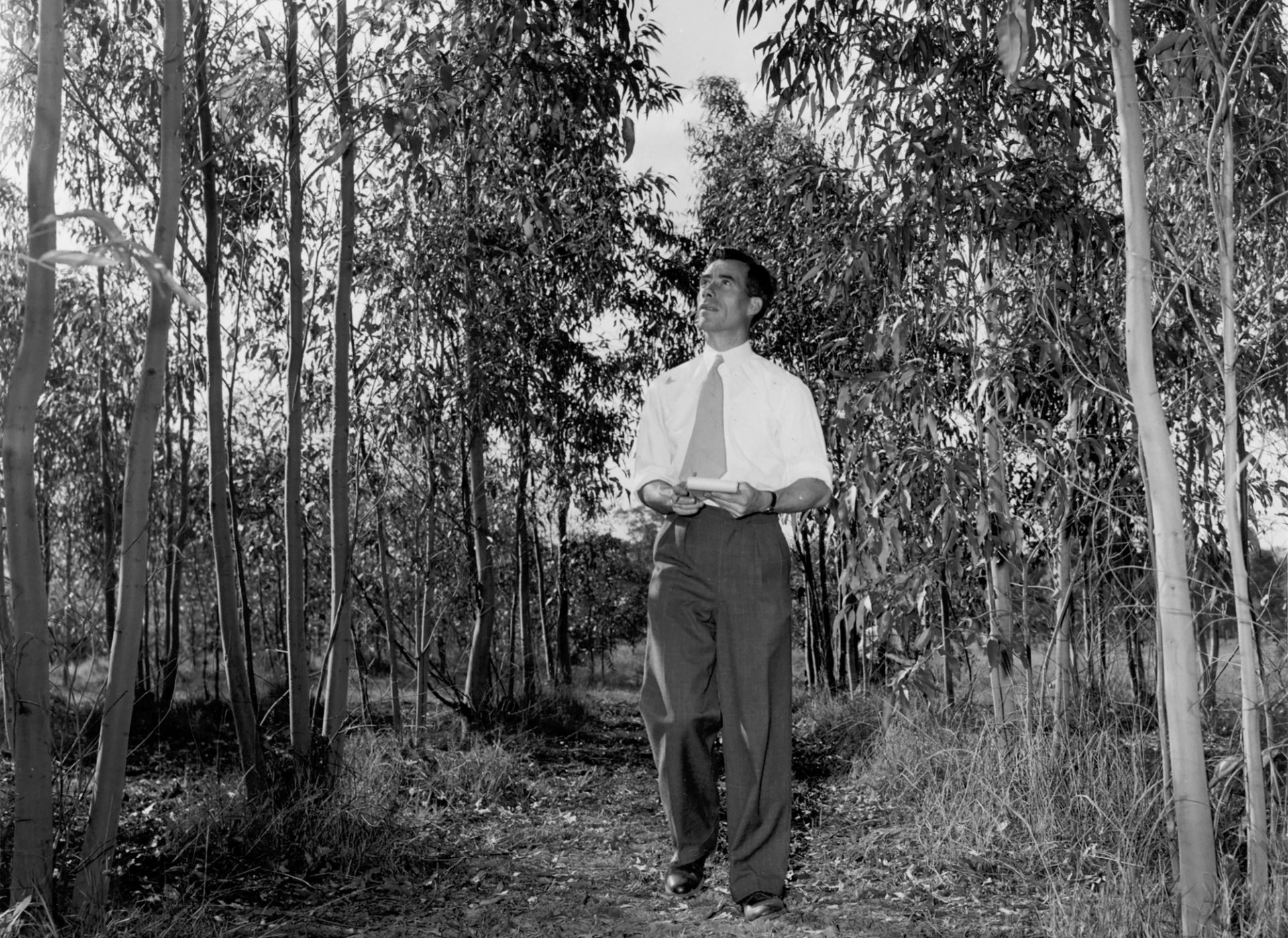Collection Research

Come behind the scenes at Powerhouse Castle Hill and meet some of the people documenting and caring for the Powerhouse Collection.
Researchers at Powerhouse create, collect and enhance knowledge in multiple disciplines across the applied arts and sciences. Important focus areas include First Nations, sustainability and Western Sydney. They frequently collaborate with peers in industry, community and academia on long-term research projects, and their insights are shared through exhibitions, symposiums and education programs. The Powerhouse Research Program, which is designed to create new pathways for future thinking and provide new contexts for the Powerhouse Collection, is also responsible for the Powerhouse Research Library, records and archives.
Sophie Netchaef
Head of Research, Library, Archives and Records
‘I’ve always worked in galleries and museums since studying art history and theory in the UK and and I love being part of the organisation at this new stage of its 140-year history. The work we do is very much about reflecting on and reconciling what’s happened in the past and bringing it into the future. It’s not just the strange garden of objects you walk through, which is incredible, it’s also the relational aspects of those objects and the stories you tell when you put one thing next to another — the knowledge and expertise here is incredible.
Collaborative relationships are extremely important. The thing that drives me is modelling new mechanisms for research-led practices and building those relationships with other people and organisations. My area of interest is in the philosophical principles of technology to inform artistic models: what we can do differently to support artists and how this can be part of the great experiment. At the Serpentine in London I collaborated with people in the ArtsTechnologies group to set up the research and development program working with artists in advance tech. I think in the art industry we tend to look inside ourselves, so anything we can borrow from tangential industries like tech is useful. It’s a huge part of our lives now.’
‘We have a huge responsibility to educate the public — museums and libraries have always been safe spaces for people to learn — and so we’re looking at the systems we use to deliver information, create forums for discussions and aggregate knowledge.’
‘We have a huge responsibility to educate the public — museums and libraries have always been safe spaces for people to learn — and so we’re looking at the systems we use to deliver information, create forums for discussions and aggregate knowledge.
The facilities at Castle Hill are a wonderful example of how the organisation supports research and learning, from the huge open space with large objects and the high-tech climate-controlled deep stores to extend the life of delicate objects, to the media technology suite for transferring variable media from analog material which is at high risk of non-existence to digital formats so they can be preserved for ever.
Our research programs include the Research Scholars, and we’ve just taken on a new cohort of ten scholars working across eight projects, from new age sustainable ink to indigenous fashion. We also have large research projects like those funded by the Australian Research Council in collaboration with a university partner.
Now I have this role at the museum, building research relationships, developing new ways of working with the systemic structures underlying the museum’s collection and programs. We work with the materials in the library, archives and records to activate and expand the collection through investigation, documentation and communication.
The archives and records are codependent: everything that is a record is an archive, though not everything that is an archive is a record; some of it is ephemera from a person’s life. The research library is an extraordinary resource and the librarians’ knowledge is remarkable: they’re so familiar with the collection and materials. And we have an incredibly experienced and dedicated team contextualising the collection through research projects which generate new knowledge.’
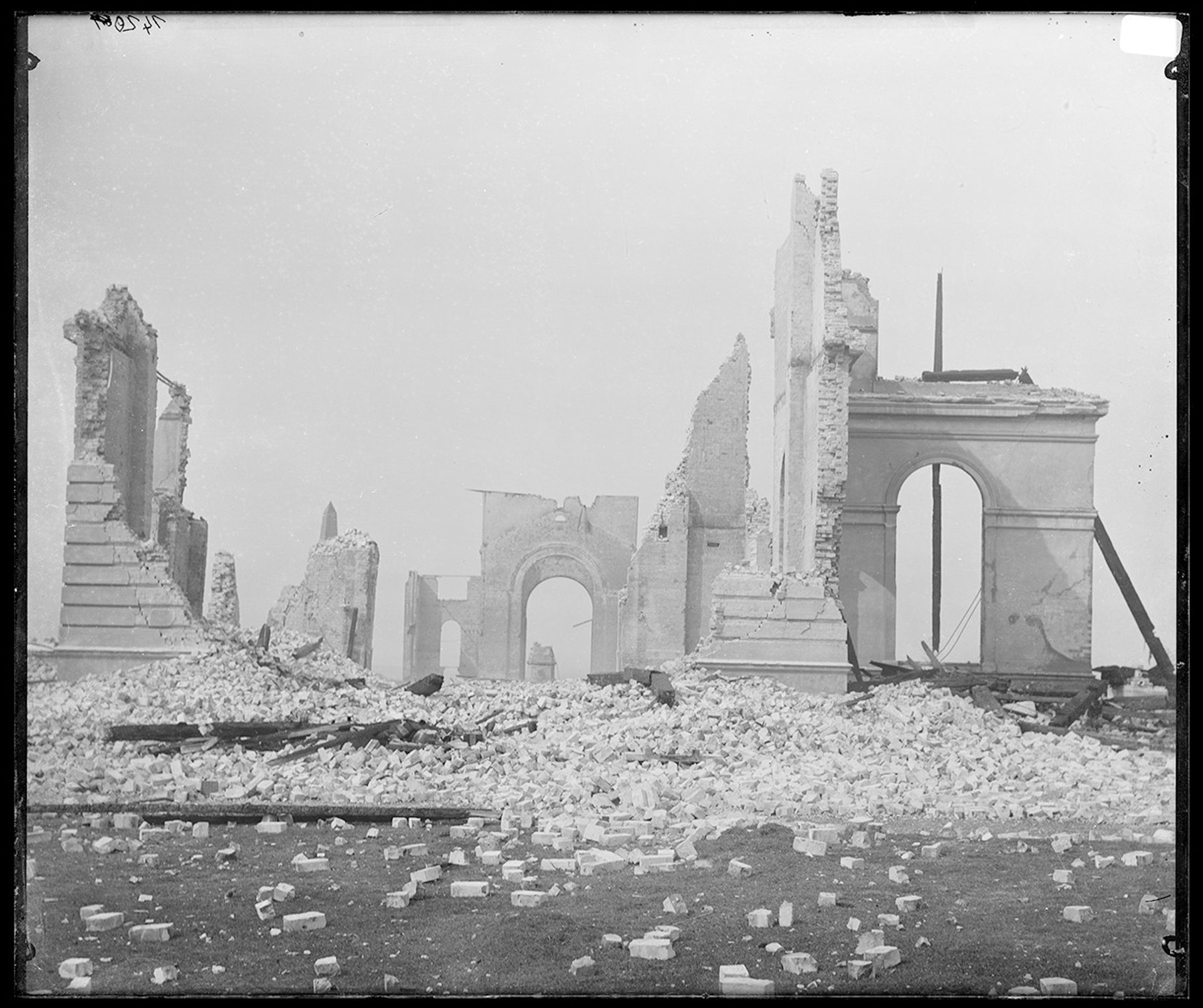
'When I first came here the library team very kindly did a showcase for me and one of the items was a very old book from 1882, with sepia photographs documenting the burning of the Garden Palace. These photos of the crumbling ruins of the Garden Palace have a haunting quality, they’re kind of apparitions of buildings. The book is really beautiful and spoke to my art background and my previous work with photographers. The Garden Palace book is haunting and frightening. It had me thinking about what happens when you break something and rebuild it.'

'I also really love the museum’s collection of letters between Ada Lovelace and Charles Babbage, which are like little vignetters of their lives. Their relationship has been contested in terms of the agency she had: he created the machine, she coded it. In these letters he describes her as the enchantress of numbers; it’s language that is hyper romantic, mythical. Her work and their relationship have been revisited time and time again.’
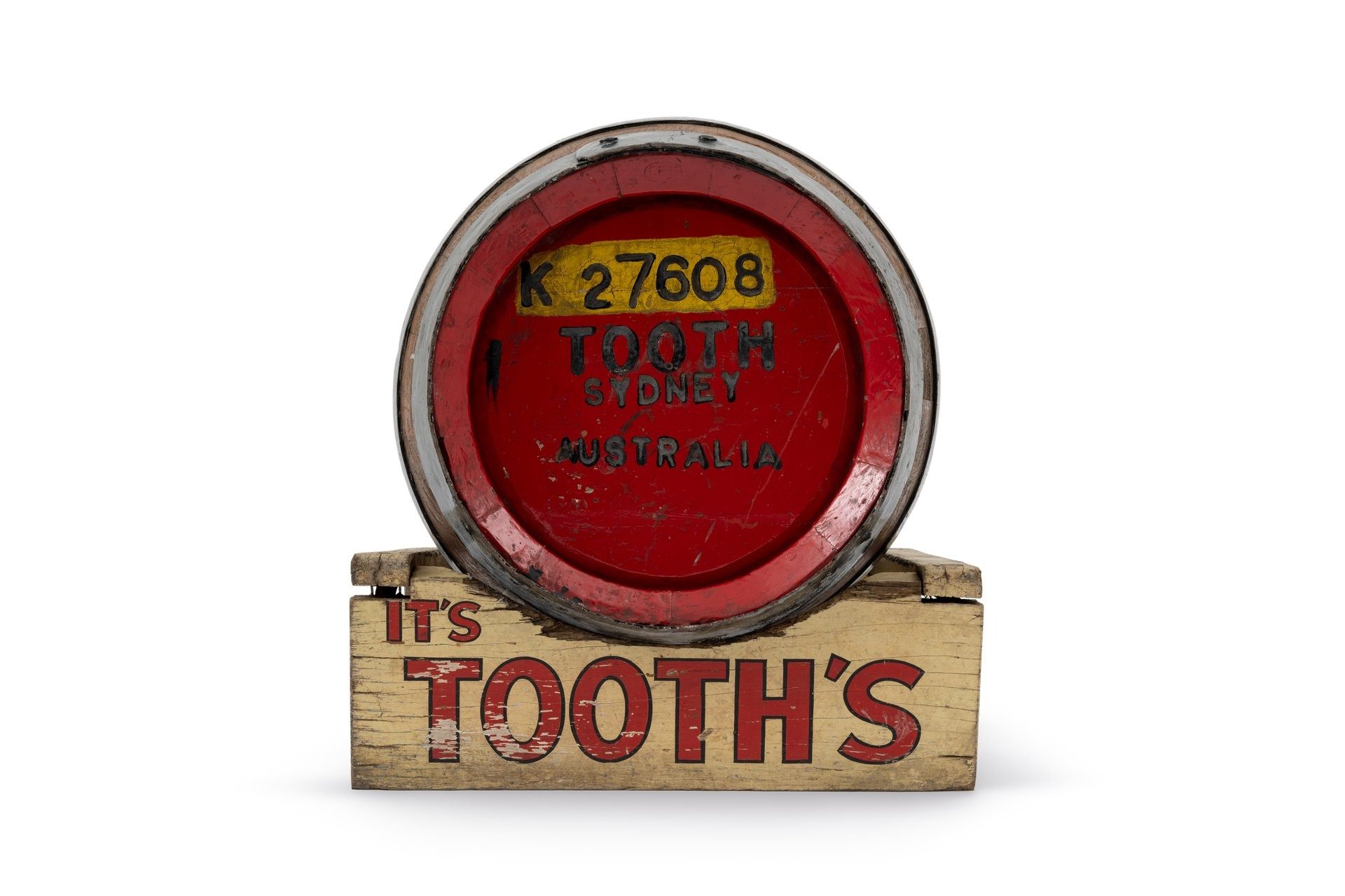
'Recently I’ve been looking at the amazing Tooth and Co Collection held by Powerhouse and the Australian National University, which has been recognised on the UNESCO Australian Memory of the World Register. It’s an incredible archive of Australian social history, including materials from advertising campaigns to architectural drawings of pubs and ledgers of beer sales.
Powerhouse was always part of my youth so when we came back to Australia I took my family here and it was wonderful. At the time I was like, if I want to work anywhere, I want to work here.’
Dr Deborah Lawler-Dormer
Research Manager
‘The museum has a mission to focus on research as part of The Act [Museum of Applied Arts and Sciences Act 1945], embedding it in many of the museum’s operations, as well as partnerships with several universities with support from the Australia Research Council. We’re focusing on climate change mitigation with academics at Western Sydney University (WSU), looking at sampling carbon readings and our timber collection.
We’re looking at developing sustainability and fast fashion modules with the Lang Walker Family Academy so teachers can hold affirmative conversations about how individuals and society can help mitigate climate change. The Collaborative Museum project, working with WSU, supports various communities to investigate food cultures, including their histories and connections with migration. We also have a project focused on communities and their relationships with Parramatta River, including caretaking.
‘People always get excited at Castle Hill when a curator will slowly pull out a drawer and you’ll see something like an antique fashion item laid out beautifully.’
‘I really love working on deepening our knowledge collaboratively to find new ways to examine the collection. It might be working with scientists, anthropologists, data scientists, sociologists, fashion designers, documentary makers or writers. We’ve been doing a lot of analysis of collection objects through our industry partnerships, such as with ANSTO (Australian Nuclear Science and Technology Organisation) and CSIRO (Commonwealth Scientific and Industrial Research Organisation). Our partnership with ANSTO was the basis of Invisible Revealed, where I collaborated as the lead curator with Dr Joseph Bevitt (scientist) and Tomasz Bednarz (lead engineer) to develop an exhibition of animated imaging from the ANSTO facilities. We’re also scanning items such as a Russian cosmonaut flightsuit, boomerangs and meteorites, then conducting chemical and visual analysis of the imaging using the Synchrotron in Melbourne (a particle accelerator that produces intensely bright beams of light).’
‘Many of the objects in our collection are fragile — you can’t take them apart. Sometimes you can’t even play with them or get them working because they’re so old you’re not sure all the mechanisms are still functioning. One object we featured for Invisible Revealed was a pocket watch, which we had analysed at ANSTO, and we got back a sequence of beautiful animation, like X-ray slices through the object. Then the pocket watch was sent to the Synchotron, which showed other things in more detail, particularly metal. And what we saw was this beautiful fan shaped mechanism inside that played a tune. That discovery inspired people to think about what it might sound like if it could be played, so we’re doing measurements at ANSTO to try to find the sounds.
We’ve also been doing lots of tours of the new facilities at Castle Hill, which are very inspiring for professionals and students. The new building has specialist climate-controlled storage for safely looking after and working with collection objects. People always get excited at Castle Hill when they walk up to what look like white filing cabinets and then a curator will slowly pull out a drawer and you’ll see something like an antique fashion item laid out beautifully. Because no one is touching them and nothing is happening that could disturb them, these facilities make the collection safely accessible.’
Paul Wilson
Archives Manager
‘I manage the team which looks after the museum’s institutional and acquired Archives. As a unit we have only been in operation since 1990, but our own records date back to the establishment of the museum in January 1880. Alas, nearly all the early records, as well as our entire object collection, were lost in the devastating Garden Palace fire of 22 September 1882. The curator at the time started a new recordkeeping system straight away as well as seeking donations of objects from near and far. The first shipment of objects was already sitting on the docks at the time of the fire — it was from Kew Gardens and the first object entered into the new stockbook was a pea plant from Japan. Powerhouse also collects archives of significance that align with our Collection Development Policy and have long term value to the museum and to the community, especially their research and exhibition potential.
People would be aware of our new partnership with David Jones for its amazing corporate archive. Overall, we manage more than 200 acquired archives including other household names such as Wunderlich, Speedo and Berlei; famous Australians including Lawrence Hargrave and the aviator Sir Gordon Taylor; and many brilliant designers including Marc Newson, Gordon Andrews, Jenny Kee and Linda Jackson.
Within our two main areas of responsibility we also manage several specialist projects: we’re currently documenting the Powerhouse Renewal Project, working with Curatorial on the Australian Culinary Archive and working with several teams on the Variable Media Project.
I have been here for nearly 18 years, so I have worked on some terrific archives over that time. A favourite was a small one in comparison to some of the others we hold. The Weatherly Sisters, Gaga and Toots were circus and vaudeville performers and in their later years worked on television. Their archive contains some great photos, programs and other material from that era and provides great insights into a world so far removed from the one I have known. In 1983 the sisters were interviewed by writer, curator and filmmaker Graham Shirley, and that oral history interview is part of the National Film and Sound collection. After working on the Weatherly Sisters’ archive, it was fascinating to hear them talk about their careers and that of other family members with such joy and humour.’
‘I am very proud to lead a talented and dedicated group of professionals as they work to understand the context and significance of the individual archives within the collection, arrange and describe them in great detail, and ensure with our colleagues from Registration and Conservation that they are housed in archival quality materials and stored in a climate-controlled conditions.
Nearly all the archival collection is stored at Castle Hill and our Variable Media Archivist is also based there. For us the key thing with Castle Hill is the quality of the storage we have. It also features cool/cold storage for photographic and film materials that due to their composition are at greater risk of deterioration than for instance high quality paper materials.
It is a great thrill to work so closely with original materials that reveal so much about the creators of the archives and how they developed and maintained them over time. One of the key archival tenets is the principle of original order, so we do our best to preserve the recordkeeping system that the creator of the archive used, whether that be an individual or an organisation.‘
‘It is a great thrill to work so closely with original materials that reveal so much about the creators of the archives and how they developed and maintained them over time.’
Kathy Hackett
Photography Librarian
‘I've always been passionate about the arts and history, and my initial training was in art history, social history and photography at The National Art school. So I had a range of skills and abilities that made working at Powerhouse a perfect fit. My job is to look after the collection generated by the in-house photography department. I'm cataloguing a lot of exhibition photography, photography from the museum's archives, documentation of the Parramatta site and organising the analog collection — a lot of the photos you see attached to objects on the website I would have catalogued and put there a long time ago. I also respond to reference enquiries from staff and from the public, which is a very large part of the job.
The great thing about working at Powerhouse is the diversity of the collection and I can honestly say I learn something new every day. The Tyrell Collection is a really wonderful collection of early photography of Sydney and NSW and we have great fashion collections, including fashion photography by David Mist and Bruno Benini.
Some of the images close to my heart are the collection of artworks by French Australian artist Lucien Henry because I worked as assistant curator on that exhibition many years ago. I'm particularly interested in the history of the French in Australia because that's my part of my background. Henry's is a fascinating story of the Paris Commune, which was formed in 1871 after the siege of Paris. It was the people's revolution — an uprising that was short lived but quite important in the history of Paris. When the Commune was defeated, some of the Communards were executed and others were transported overseas. Lucien Henry was one of 4000 sent to the French prison colony in Noumea as a political exile, then in 1879 the Communards were given amnesty and he arrived in Sydney. He became a teacher and artist at the Sydney Technical College in the 1880s, championed the development of an Australian style, and created 100 water colours featuring Australian fauna and flora intended for a book called Australian Decorative Arts. But he died before he could find a publisher.’
‘Another highlight of my work was walking into the photography studio and seeing one of Mawson’s sledges from his Antarctic expedition — that kind of encounter is a really great part of the job. In fact, we’ve just recently had a request from a cruise ship company that takes trips to the Antarctic wanting photographs of some of those objects to display as part of an exhibition on that voyage. That’s one example of the many photo requests we receive, because of the diversity of the collection: we cover so many curatorial areas, we get photo requests from publishers, students, authors, film makers and television programs — Hard Quiz on ABC is one of our regular clients.
Recently I’ve been working on cataloguing a collection of photos at Castle Hill, including comprehensive views of the construction of the new Building J and images from the Alchemy exhibition.’
‘The great thing about working at Powerhouse is the diversity of the collection and I can honestly say I learn something new every day.’
Alysha Rose Connor
Variable Media Archivist
‘My work involves the collection, cataloguing, documentation, digitisation and then ongoing physical and digital preservation of our audiovisual collection. At the moment it’s predominantly with the Institutional Archive, which is quite a mix of audio and visual content created at the museum, such as recorded lectures, events, curatorial interviews, educational programs, exhibition footage, different stages of building our sites, or moving objects in and out of the museum. This archive will also include footage of the Transport Hall being de-installed alongside footage from the 1970s and 1980s.
A big part of the work is advocacy for audiovisual objects. Obsolescence is an unfortunate word, though it’s one of the main challenges of making the content they contain accessible. There are so many types of physical carriers, from CDs, DVDs and CD-ROMs to magnetic tapes, film reels, vinyl records and Laser Discs that were mass produced and not designed to last. Many of them have plastic components, which degrade over time, then there’s the obsolescence of the actual media players —most people don’t even have DVD players these days, let alone videotape players.
Long term preservation of media requires very specialised equipment to draw the content off these obsolete or degrading formats into machines for digitisation. This equipment is becoming harder to come by and the number of people who can do audiovisual digitisation from old formats is shrinking. For years, the people who specialised in digitisation were often former camera operators and enthusiasts who just retained their own beautifully recorded personal content. Their knowledge wasn’t being taught to the next generation at schools, TAFEs or universities. And the ability to repair these machines also wasn’t taught anywhere. So it’s a dying art.
It's only in the last couple of years that Australia has even had an audiovisual preservation course and there are only a handful of places in Sydney that can digitise material safely. We just assume that audiovisual material, which is so prevalent in our lives, will be accessible and playable. But it’s not easy. I have hours of video footage where my grandfather sometimes appears in shot holding a Super 8 camera, but his camera didn’t have sound. I would give anything to hear my grandfathers’ really thick Oxford English accent again. I’ve also lost the commercials I did as a baby, which I’d love to show my kids, but there’s no Australia repository for commercials because they were made by agencies that didn’t keep this stuff. Or people recorded over the tapes. So much footage is never preserved. You know, most of the films shot in the first few decades of Hollywood were lost.
It’s such a pleasure to do this work here at Powerhouse because it’s quite rare for institutions to have the funding to take care of their audiovisual objects. These objects have such large historical significance and ongoing value to the museum and the greater public. The new facilities at Powerhouse Castle Hill have been life changing for me, not just because I live in Western Sydney and the commute is easier, but also because we now have a climate controlled variable media digitisation studio with the space decked out with the tools we need to do proper forensic testing, mixed media conservation and archiving in house. It’s sensational.’
‘We have great footage of the Catalina being hoisted into the Transport Hall at Powerhouse Ultimo back in the 1970s, which was very valuable for the team that recently decanted the Catalina in 2024: they could use the footage to work out how it was hoisted safely and then reverse engineer the process to take it down. From a historical perspective it’s also a beautiful snapshot of the time and very different safety standards, when the workers mostly just wore boots and tiny budgie smuggler shorts.’
‘Occasionally in the Variable Media Institutional Archive we come across rare gems with no provenance — no writing on the film, reel cans or canisters of what they are. One of them, we have since discovered, is the only known moving footage of the first ever Australian Grand Prix in 1928. I’ve been in contact with the Australian Grand Prix Corporation, which now manages the annual event, about this footage from the 1928 race put on by the Victorian Light Car Club and simply known as the 100 Miles Road Race. The film has been digitised and it’s now very safe.’
‘My favourite recent collection we’ve digitised is footage from the 1960s–70s of commercials directed by Ken Done when he worked in advertising. Some of the ads he directed won awards, though what’s really beautiful about it is when we showed Ken and his family some of the ads. There’s an ad with a gorgeous model drinking on the beach and Ken’s wife gets teary and says, ‘That’s me’. Her children knew she’d been a model and they’d seen photos but had never seen moving footage. It was an incredible moment to share with the family. It’s very special when we’re able to reunite people with content they believed was lost — and such a pleasure that I do this as part of my role.’
About
The facilities at Powerhouse Castle Hill are purpose-built to present new exhibitions and programs and support the work of the museum’s curatorial, research and conservation teams alongside the Powerhouse Collection.
The entire collection of more than half a million objects is housed in one location. Originally a botanical research station, the site has evolved since the late 1970s to house specialised museum collection facilities, including the Museum Discovery Centre.
Building J, the newest and largest (8135sqm) of seven collection facilities, opened in 2024. It includes a huge presentation space, climate-controlled collection store and conservation lab, research workspaces and photography studios, all designed to help protect and share the objects’ stories across the generations.
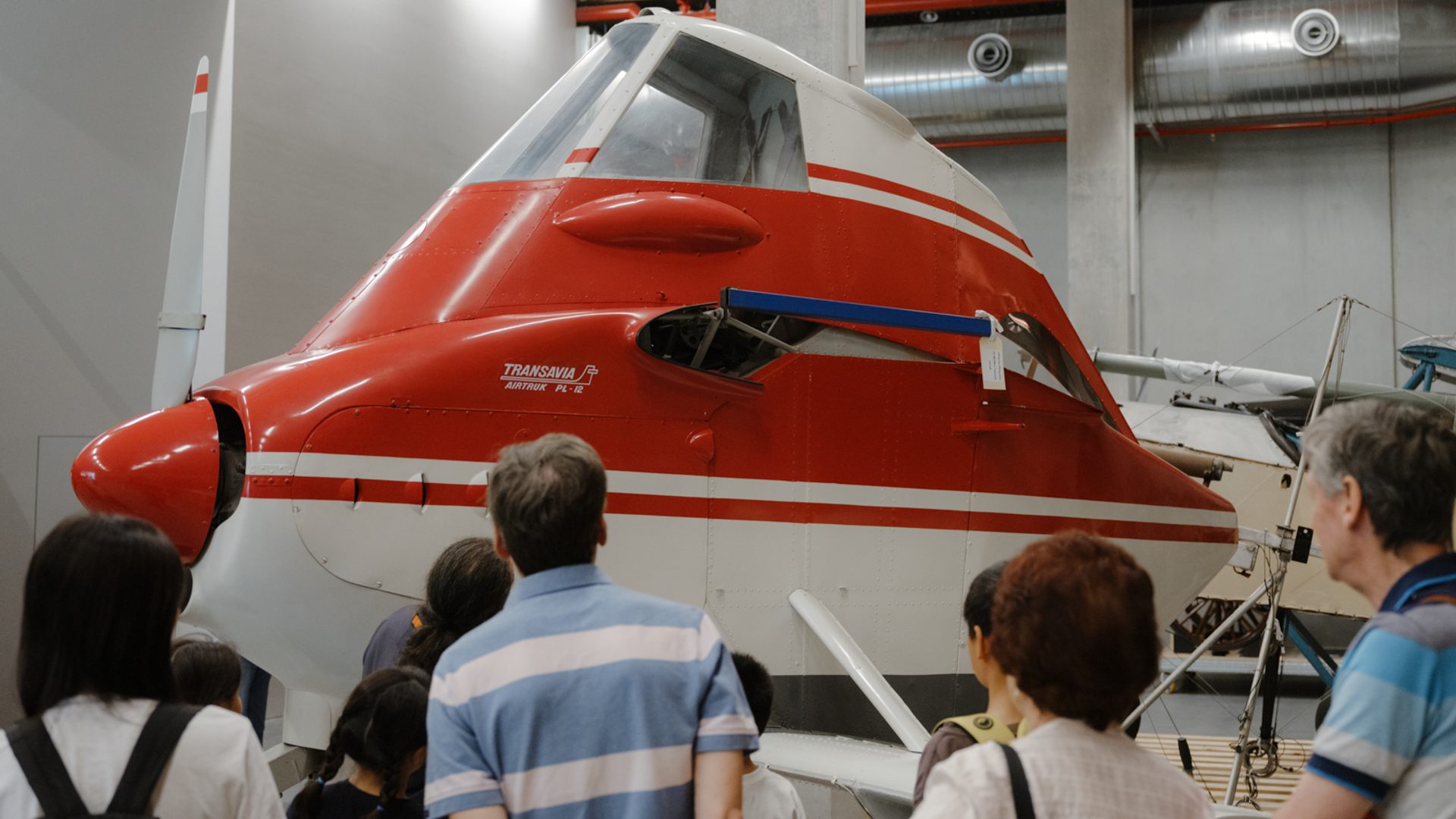
Powerhouse Collection
Since 2019, more than 338,000 objects (including many from the Powerhouse Archives) have been digitised to date and are now available to view online.
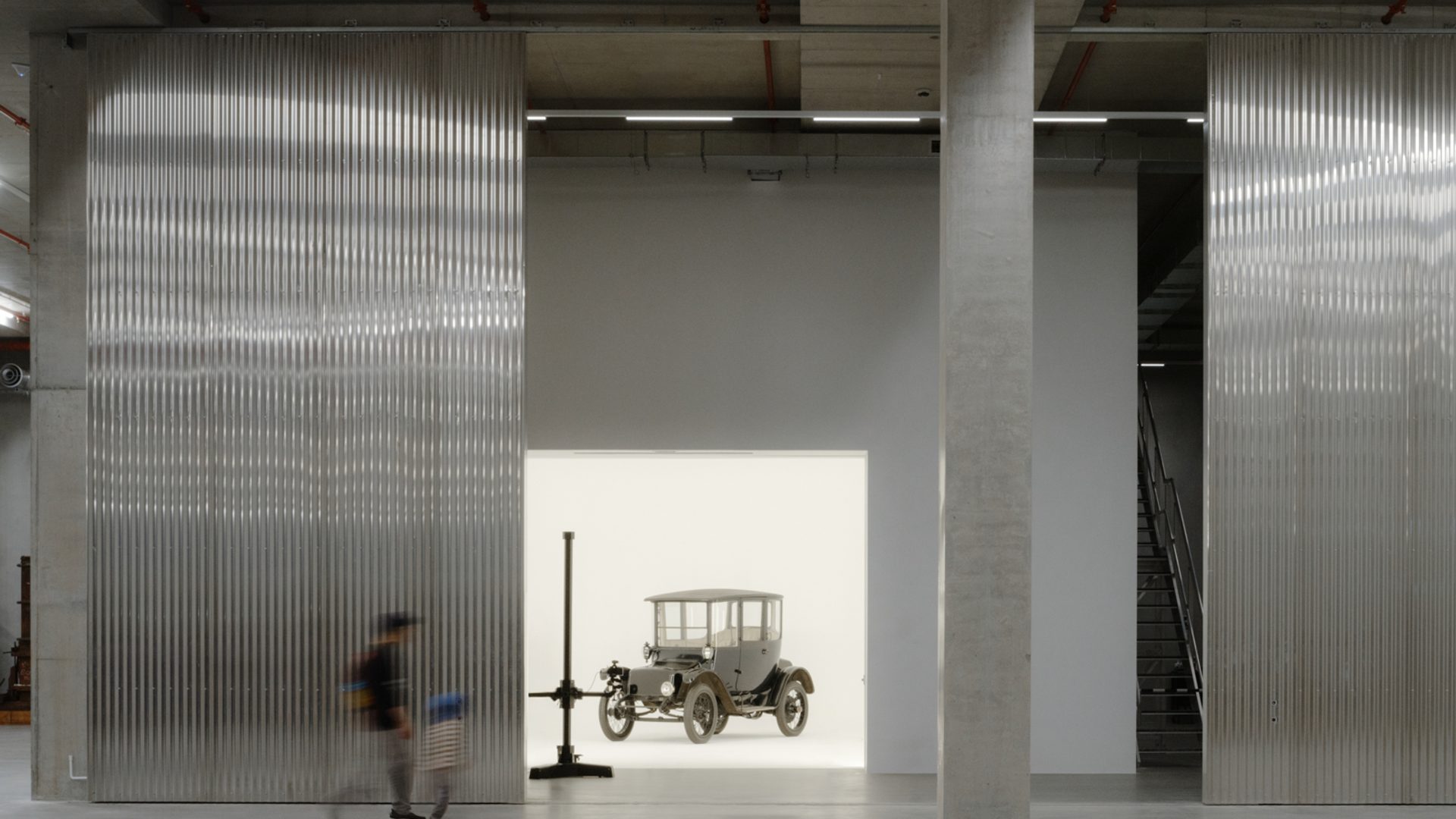
Powerhouse Castle Hill
Located on Dharug land. A storehouse for the Powerhouse Collection supporting research and conservation, presenting exhibitions and programs.
